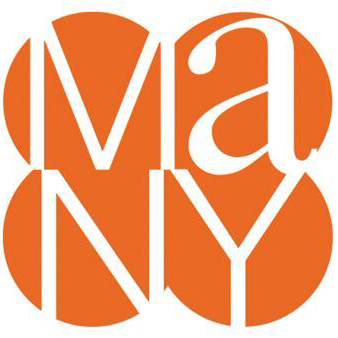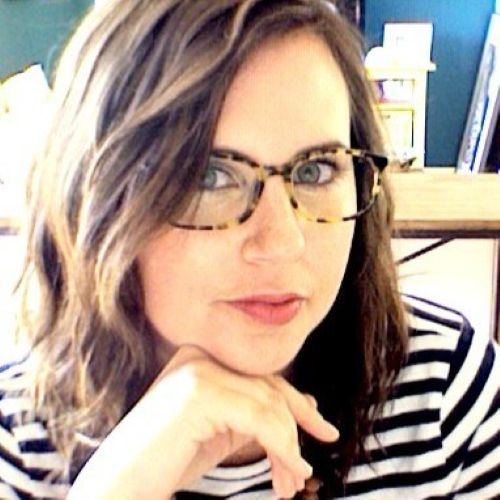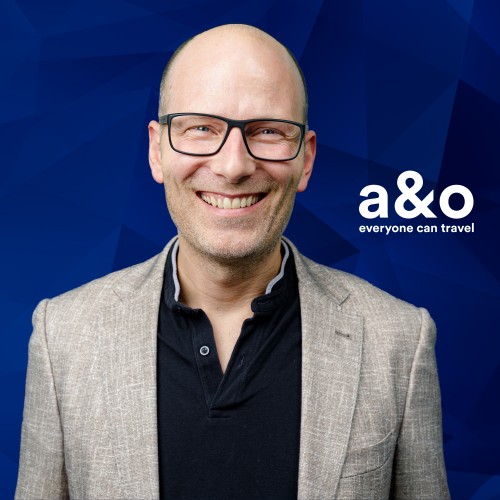2019 MANY Conference Series Episode 5
Episode 133
We recently attended the 2019 Museum Association of New York annual conference and spoke with attendees from all over New York State representing all types of museums and cultural institutions. I talked with folks from 21 different museums and cultural institutions about how they are creating inclusive environments, attracting new audiences and fitting within the tourism fabric of their community. We used these great insights to create another Museum Series (see last year’s series here) with five episodes filled with knowledge. Through this series, I hope you will find a new perspective on this important segment of the tourism industry.
In this episode, I share my conversations with:
- Cyndi Park-Sheils, Executive Director of the Waterloo Library & Historical Society
- Andrea Seamans, Volunteer at Port Byron Old Erie Canal Heritage Park
- Courtney Kasper, Visitor Experience Manager at the NYS Equal Rights Heritage Center
- Frances Barbieri, Executive Director of the Seneca Falls Historical Society
What You Will Learn in This Episode:
- How the Waterloo Library & Historical Society and the National Memorial Day Museum have developed a Capital Campaign to draw in new audiences and improve the inclusivity of their historical offerings and archive
- How the Port Byron Old Erie Canal Heritage Park is unique as the only park in the United States to offer interstate highway travelers a parking pull-off and an opportunity to visit the park in the middle of their travels
- How the NYS Equal Rights Heritage Center is using unique and diverse programming to draw in new visitors and create a local audience, as well as serving as a gateway to other cultural and historic sites in the Auburn area and beyond
- How the Waterford Historical Museum and Cultural Center is promoting inclusivity by partnering with The Arc of Rensselaer County to showcase the work of artists with mental and physical disabilities
Waterloo Library & Historical Society
Cyndi Park-Sheils from the Waterloo Library & Historical Society in Waterloo, New York discusses how they have learned valuable inclusivity strategies at the conference to incorporate into their old, historical buildings to allow people to move more freely. She discusses upcoming events including celebrating the birthplace of Memorial Day in Waterloo. She shares how inclusivity is key for allowing as many visitors as possible to view the museum’s collections. Cyndi also talks about how her organization is connected to the fabric of Waterloo through being the sole custodian of Waterloo’s museums and culture, and she discusses upcoming partnerships with local restaurants to increase awareness and education opportunities for visitors to Waterloo. She shares her excitement over the National Memorial Day Museum’s Capital Campaign and the diverse visitors it will draw to Waterloo. She discusses relocating the organization’s archives to a better and more accessible location.
Port Byron Old Erie Canal Heritage Park
Andrea Seamans with the Port Byron Old Erie Canal Heritage Park in Port Byron, New York discusses her organization as a collaboration between the New York State Thruway and the nonprofit Canal Society of New York State. She shares how her organization is the only park in the United States that has a parking pull-off for interstate highway travelers to visit a historic site. She talks about why the park is admission-free to be as inclusive as possible for visitors, and how the park provides wheelchairs and the site is entirely wheelchair-accessible. She discusses efforts to improve signage on the Thruway and throughout the village to increase visitor awareness of the park. Andrea explores the promotional opportunities for school and bus tours offer the park. She also shares the broad spectrum of diverse visitors who visit the park, many of whom are international visitors traveling to Boston, New York City or Niagara Falls. She talks about the close connection that many of the local families have with the history of the Old Erie Canal, and how her organization helps to promote other canals in the area. She discusses her hopes for the future of the park, including increasing community outreach and historical education opportunities at the park and shares the remarkable and diverse volunteer community that works at the park and has formed powerful friendships across generations with other volunteers.
NYS Equal Rights Heritage Center
Courtney Kasper at the New York State Equal Rights Heritage Center in Auburn, New York discusses how her organization serves to educate visitors on the history of equality in the state and to promote local and statewide equality sites and programs regarding human rights, Abolition, and women’s rights. She shares why inclusivity is a two-fold issue, being inclusive of the community they are serving as well as promoting and improving accessibility. She shares how her facility is free, open to the public, and community-accessible and she discusses the diverse programming the organization offers. She talks about their efforts to promote women- and minority-owned small businesses through their events. She discusses how their position as a new facility has helped to bring audiences, and how school field trips have been key. She explores the facility’s recent celebration of Harriet Tubman Day and the opportunity it served to bring in local visitors. Courtney shares the role her organization plays in the fabric of the community, and the interactive exhibits her facility offers that promote other statewide tourism and cultural attractions. She talks about future collaboration opportunities for her organization to be a cross-promotional marketing site for other cultural sites in the area.
Seneca Falls Historical Society
Frances Barbieri from the Seneca Falls Historical Society in Seneca Falls, New York shares how the society came to be founded in the late 1800s and some of the historically significant items and artifacts in the possession of the society that is connected to the history of women’s rights. She discusses the wide variety of attractions and offerings the society shares with the public, with something for everyone. She talks about the important role the society is playing in preserving the local history of the families of the area, and how the organization is working to help everyone of every background search for their family roots in the area. She shares how the organization offers outreach to people of all ages within the community. She discusses the future of the organization as it enters a transitional period with changing leadership after her retirement, and the challenges and opportunities their new director will find going forward.
Overview
One common thread in each of these conversations has been the critical role outreach plays for these organizations. From field trips and school visits to community engagement and business partnerships, each of these cultural and historical centers has found that reaching out to a broad spectrum of people of all cultures, age groups and interests have helped bolster their audience and better engage their communities. These organizations have also found value in cross-promoting other key historic and cultural sites in their communities and beyond. By connecting the important lessons of the past with the need for inclusivity and accessibility as we understand them today, these organizations are already looking forward to a bright and thriving future.
Resources:
- Waterloo Library & Historical Society website: https://wlhs-ny.com/
- Port Byron Old Erie Canal Heritage Park Facebook page: www.facebook.com/OldErieCanalHeritagePark/
- NYS Equal Rights Heritage Center website: http://historyshometown.com/nys-equal-rights-heritage-center/
- Seneca Falls Historical Society website: http://sfhistoricalsociety.org/
We value your thoughts and feedback and would love to hear from you. Leave us a review on your favorite streaming platform to let us know what you want to hear more of. Here is a quick tutorial on how to leave us a rating and review on iTunes!








